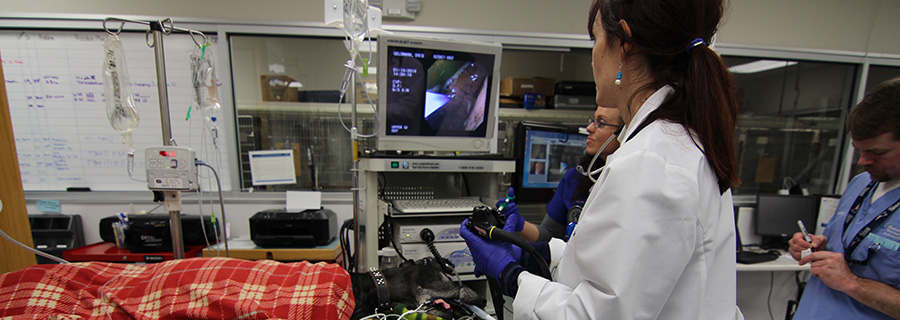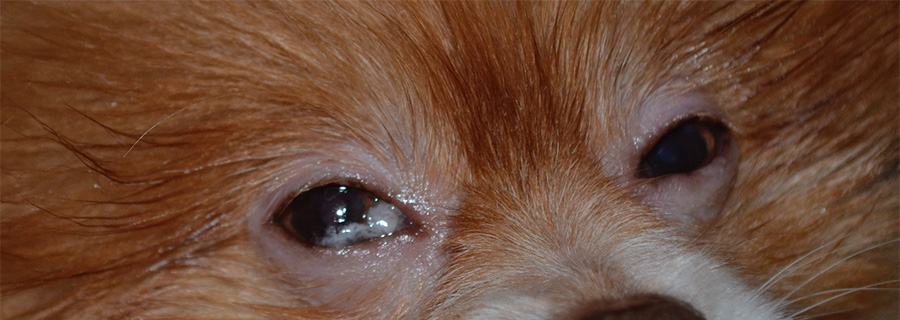
What's your radiographic diagnosis? Respiratory arrest during dental cleaning
Jennifer O. Brisson, DVM, DACVR
Massachusetts Veterinary Referral…

Gastroprotectant and antacid therapy in veterinary medicine
1 Comment
/
Gastroprotectant and antacid therapies are commonly employed in veterinary medicine when we wish to prevent gastric ulceration or suspect gastric ulceration may be the cause of clinical signs in our canine and feline patients. Click post title to read more about GI protectant mechanisms and treatment of GI ulceration.

Diagnosis and treatment of keratoconjunctivitis sicca
Keratoconjunctivitis sicca (KCS; “dry eye”) is one of the most common ophthalmic diseases affecting pet dogs. Despite its prevalence, it is underdiagnosed and therefore often not treated. My goal in writing this article is to encourage veterinarians to perform a Schirmer tear test regularly as part of a complete ophthalmic examination. Once a diagnosis of dry eye is established, treatment can be tailored to the individual patient’s needs.

Calcium oxalate urolithiasis
Urolithiasis refers to the formation of stones anywhere within the upper and lower urinary tracts. It is a common problem among both canine and feline patients in veterinary medicine and one of the most common causes of lower urinary tract signs.
